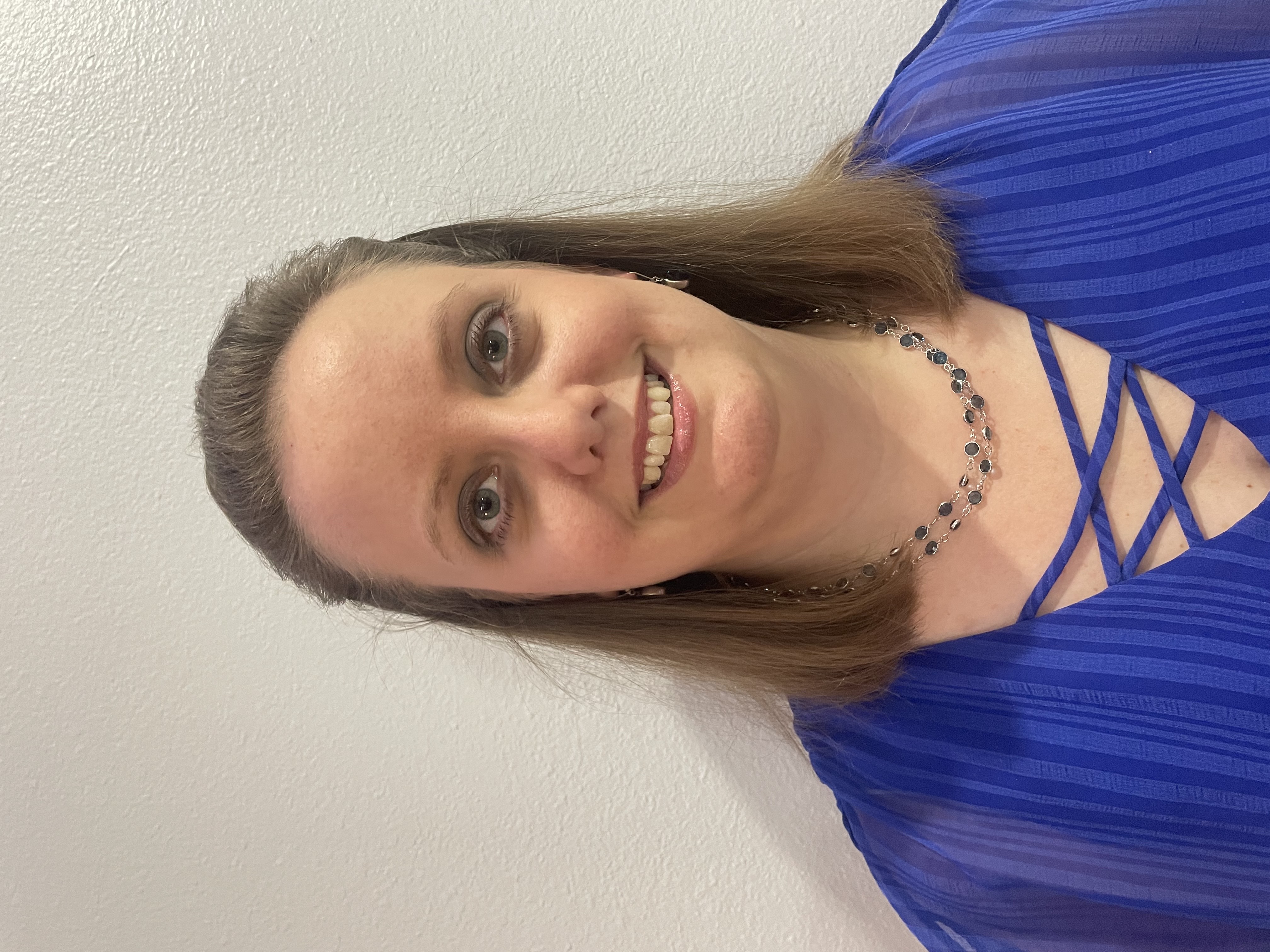Principal Investigator / Institution

Program Contact

Program Description
The Sustainable Workplace Alliance (SWA) and its partners provide model training to better protect workers, emergency responders and citizens that have been negatively impacted by pollution and emergency events.
Special focus is given to training workers in jobs that involve cleanup of the nation’s hazardous waste infrastructure. Based on historically high injury and fatality rates, SWA focuses on outreach to these workers and providing them with training that keeps them safe in the workplace. SWA and its alliance partners focus on English and Spanish-speaking populations in Florida, Puerto Rico, the U.S. Virgin Islands, California, Oregon, Washington and Hawaii. Additionally, SWA will service the U.S. Territories of the Pacific Islands, including American Samoa, Guam and Saipan.
SWA focuses on reaching workers who are typically employed as remediation contractors, site demolition workers, debris removal and post-emergency cleanup workers; laborers who work with mold, asbestos, and lead-based paint; and abatement workers performing work at Superfund or Brownfield sites. The first responder audience includes firefighters, police, and paramedics, with a specific focus on rural responders. Additionally, SWA is targeting citizen volunteer responders including Community Emergency Response Team (CERT) members and responders with community-based and faith-based organizations.
According to the Bureau of Labor Statistics, worker populations in SWA’s geographic targets include over 1,900,000 workers in construction, 123,500 workers in hazardous waste and remediation jobs, and nearly 191,000 workers serving as paid first responders, including fire, police and paramedics. This number does not include volunteer firefighters and the many citizens who volunteer after an emergency event. SWA’s model training program focuses on reaching these often-forgotten groups of workers.
SWA’s training and outreach programs are designed to inform workers how to recognize hazards and how to eliminate or reduce hazards through engineering controls, administrative controls, or personal protective equipment. The goal of these programs is to lead to trainees who experience fewer workplace injuries and fatalities, thereby resulting in a positive effect on public health.
Hazardous Waste Worker Training Program (HWWTP)
Under the HWWTP, SWA trains workers and communities in populations that are unlikely to know the inherent risks of the work they do, the hazards created by pollution or hazardous materials, and the most effective ways to protect themselves from these harms. The overarching goal of this program is to prevent work-related harm by teaching workers how best to protect themselves and their communities from exposure to hazardous materials while at work.
For the last 12 years, SWA and its alliance partners have been leading the HAZMAT Pacific Atlantic & Caribbean Training (PACT) initiative; as a continuation of that initiative, SWA focuses on providing outreach in Florida, Puerto Rico, the U.S. Virgin Islands, California, Oregon, Washington, and Hawaii. Additionally, SWA services the U.S. Territories of the Pacific Islands, including American Samoa, Guam, and Saipan.
Graduates of the SWA HWWTP will be able to recognize hazards in the workplace and avoid hazards through engineering controls, administrative controls and personal protective equipment.
HAZMAT Disaster Preparedness Training Program (HDPTP)
Under the HDPTP, SWA trains workers and volunteers engaged in emergency preparation and response activities. The tasks these workers do are typically very labor intensive and historically feature injury and fatality rates that are much higher than industry averages.
As a continuation of the HAZMAT PACT initiative, SWA will focus on providing outreach in Florida, Puerto Rico, the U.S. Virgin Islands, California, Oregon, Washington, and Hawaii. Additionally, SWA will service the U.S. Territories of the Pacific Islands, including American Samoa, Guam, and Saipan. These locations are especially vulnerable to severe weather-related emergencies.
In recent needs assessments, SWA identified emergencies such as oil spills, overturned tanker trucks, factory fires, ammonia and chlorine leaks as concerns for first responders; as a result, SWA will continue to provide training in these areas.
Needs assessments for volunteer responders identified emergency response awareness, Occupational Safety and Health Administration Disaster Site Worker training, muck and gut, mold, lead paint, and asbestos remediation as training needed. SWA will deliver this training to individuals employed as fire fighters, police, or paramedics.
According to the Bureau of Labor Statistics, 191,630 workers serve as paid first responders in SWA’s geographic targets. This number does not include volunteer fire fighters and other volunteer responders including Community Emergency Response Team (CERT) members, do-it-yourselfers, faith-based organizations, and similar community-based organizations. It is these often diligent but under-trained citizens who are most in need of emergency-related training.
Project Duration
- August 17, 2025 - May 31, 2030
Grant Numbers
- U45 ES032171
Other Participating Organizations (https://www.floridabrownfields.com/)
- Metropolitan Emergency Response Team (MERT - Puerto Rico)
- Job Corps Puerto Rico
- Maui Community College
- Corporation to Develop Communities of Tampa, Inc.
- Eco Ed Impact (Miami, Florida)


